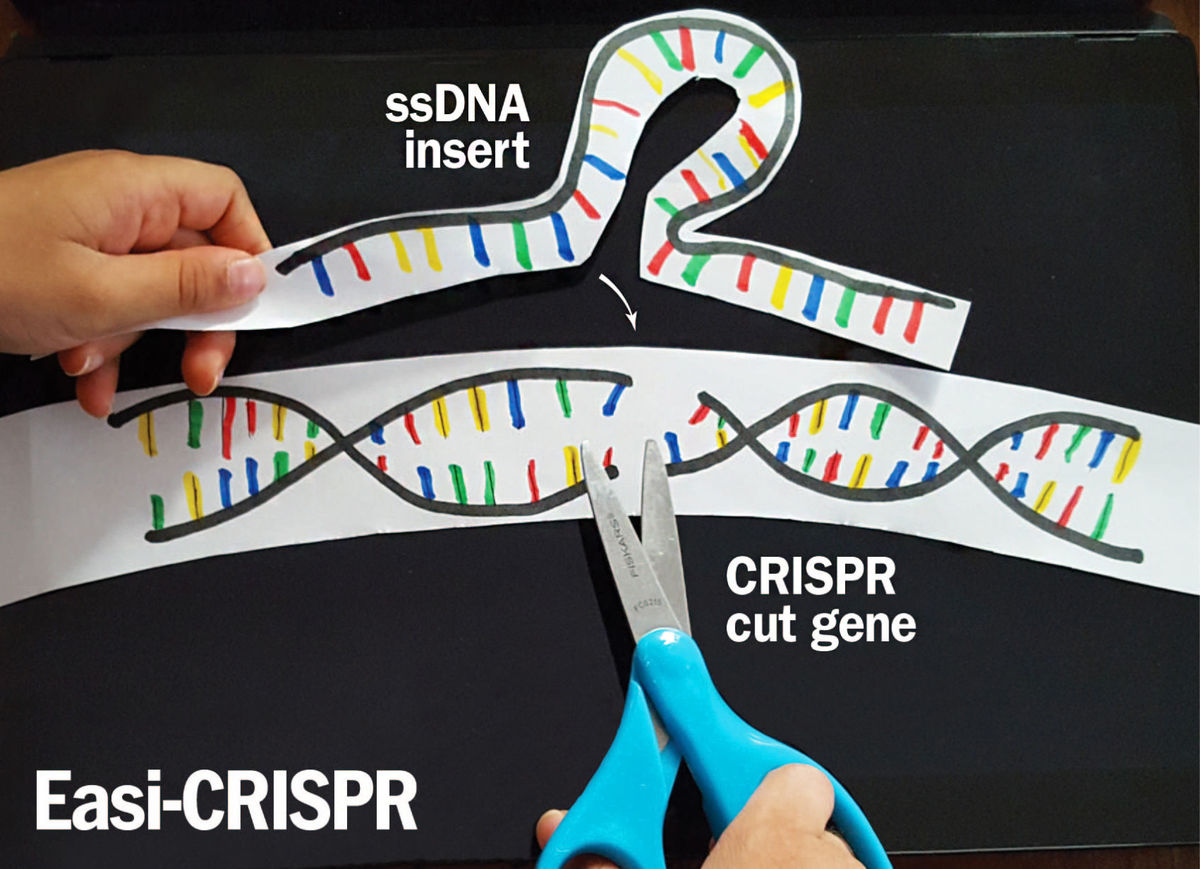- Core Facility Directory
- Clinical Research Resources
- Nebraska Biobank
- Grant Editing Support
- Grant Resource Library
- Centers and Major Programs
- Sponsored Programs Administration (SPA)
- Comparative Medicine
- Government Relations
- Intellectual Property Assistance
- Translational Cores
- Advanced Microscopy Core Facility
- Animal Behavior Core
- Biosafety Level 3 (BSL-3) Core Facility
- Electron Microscopy
- Epigenomics Core Facility (ECF)
- Flow Cytometry Research Facility
- Genomics Core Facility
- Human Magnetic Resonance Imaging
- Mouse Genome Engineering Core
- Multiomics Mass Spectrometry
- Nanoimaging Core Facility
- READi Core (health informatics)
- Small Animal Imaging
- Translational Mouse Model Core Facility
- Core Facility Scheduling and Billing
- Backup Freezer Program
 In the last decade, the mouse has become a premier model system for biomedical research. Performing precise genetic gain- (transgenic) as well as loss-of-function (gene knockout) studies in an animal with close genetic and physiological relationship to humans has lead to a wealth of understanding for developmental, physiological, and pathogenic events. With the recent completion of both the human and the mouse genome, the mouse has essentially become the test bed to investigate the function of genes or gene suites in numerous biological and disease processes.
In the last decade, the mouse has become a premier model system for biomedical research. Performing precise genetic gain- (transgenic) as well as loss-of-function (gene knockout) studies in an animal with close genetic and physiological relationship to humans has lead to a wealth of understanding for developmental, physiological, and pathogenic events. With the recent completion of both the human and the mouse genome, the mouse has essentially become the test bed to investigate the function of genes or gene suites in numerous biological and disease processes.
The UNMC Mouse Genome Engineering Core Facility provides expertise and advice for the experimental design of transgenic or gene knockout experiments, including DNA construct production and genotyping assays. The Core also makes reagents available for the generation of transgene or gene targeting constructs, and performs all experimental aspects, which include pronuclear injection of transgene constructs, generation of recombinant mouse ES cells, blastocyst injection, and embryo transfer surgeries, for the generation or rederivation of genetically manipulated mouse strains. Transgenic founder mice or chimeric animals with targeted alleles are then transferred to the individual investigator for analysis. The availability of the Mouse Genome Engineering Core is pertinent in establishing mouse models, allowing scientific investigators to focus research efforts on biological rather than technological aspects of each project.
New Easi-CRISPR Makes Headlines
Dr. Gurumurthy and his team have developed an improved CRISPR method that is garnering attention.
- Core Facility Directory
- Clinical Research Resources
- Nebraska Biobank
- Grant Editing Support
- Grant Resource Library
- Centers and Major Programs
- Sponsored Programs Administration (SPA)
- Comparative Medicine
- Government Relations
- Intellectual Property Assistance
- Translational Cores
- Advanced Microscopy Core Facility
- Animal Behavior Core
- Biosafety Level 3 (BSL-3) Core Facility
- Electron Microscopy
- Epigenomics Core Facility (ECF)
- Flow Cytometry Research Facility
- Genomics Core Facility
- Human Magnetic Resonance Imaging
- Mouse Genome Engineering Core
- Multiomics Mass Spectrometry
- Nanoimaging Core Facility
- READi Core (health informatics)
- Small Animal Imaging
- Translational Mouse Model Core Facility
- Core Facility Scheduling and Billing
- Backup Freezer Program


